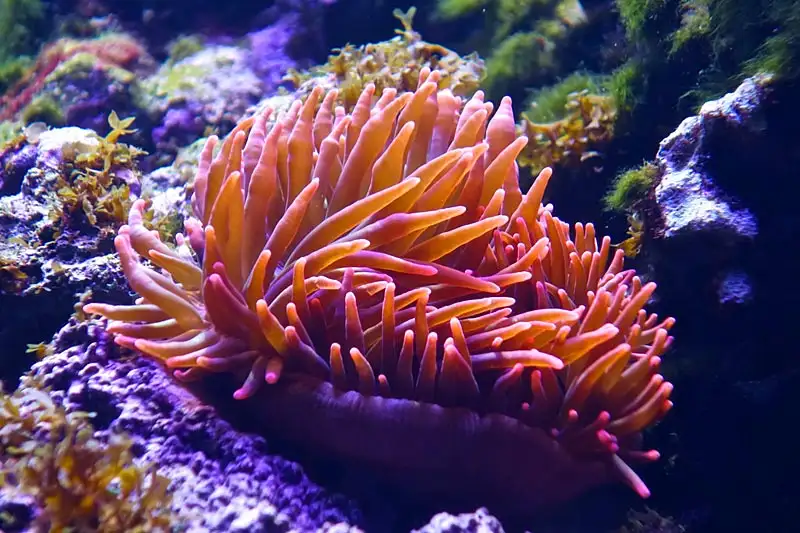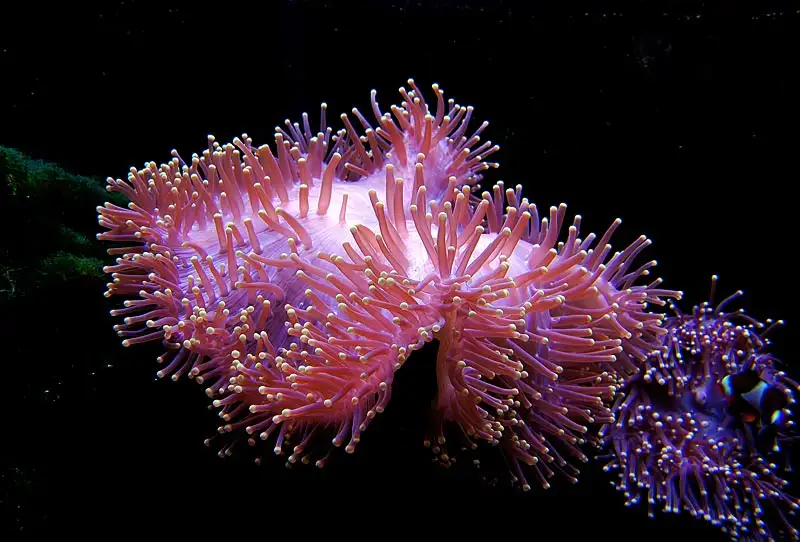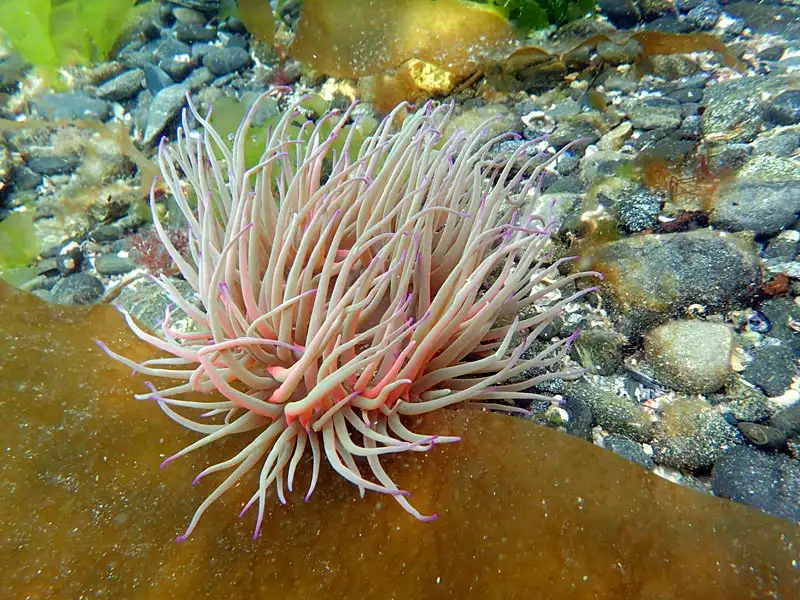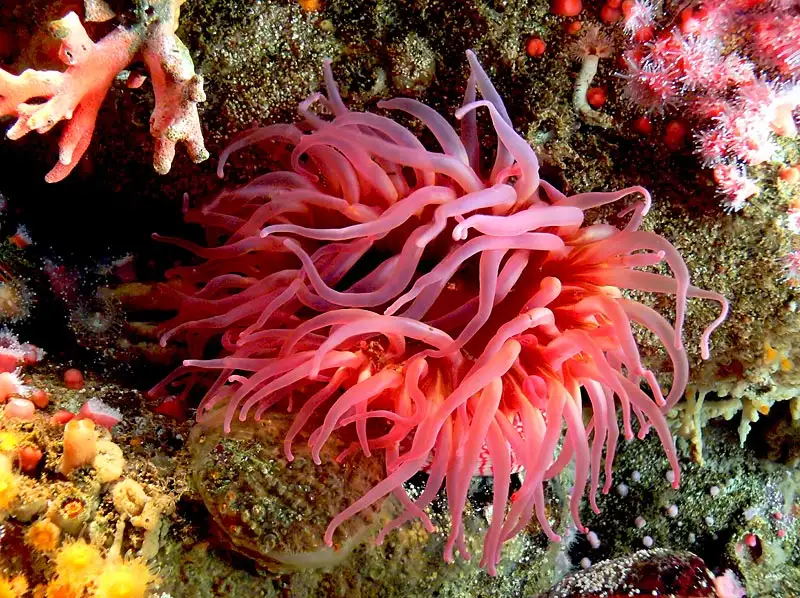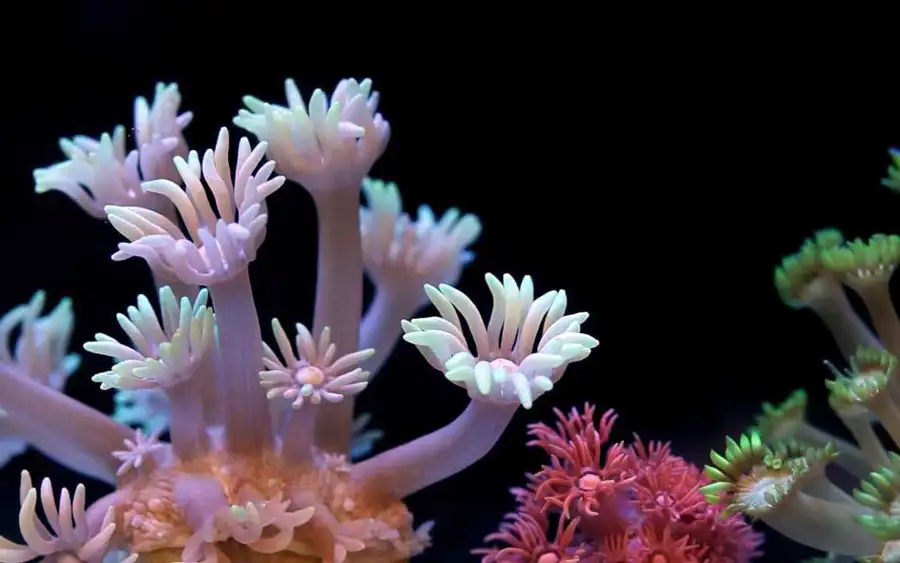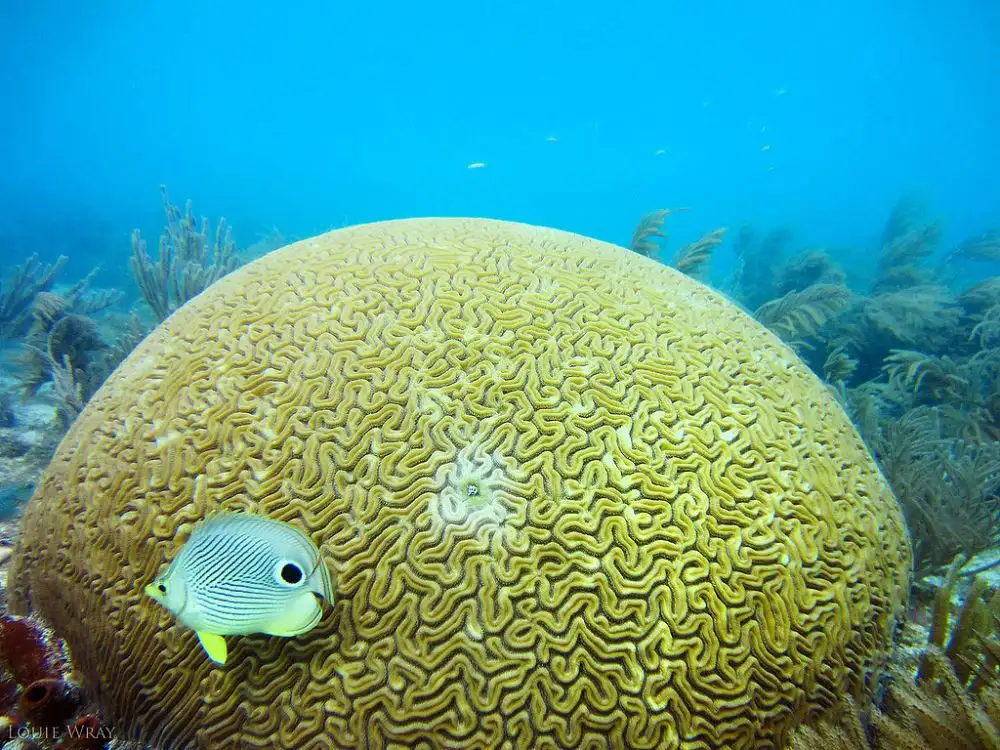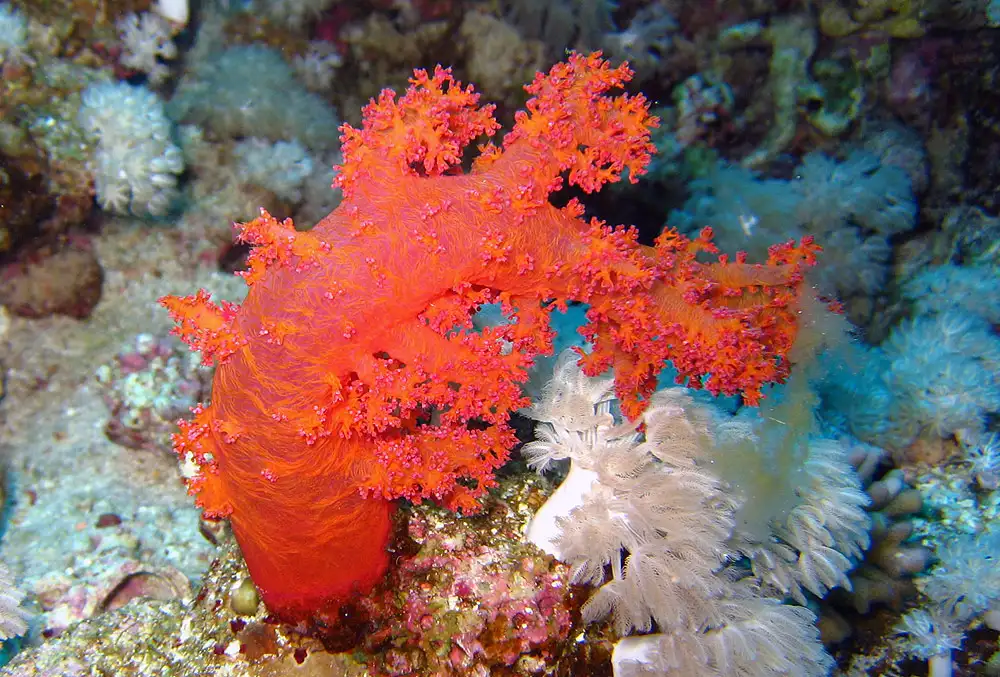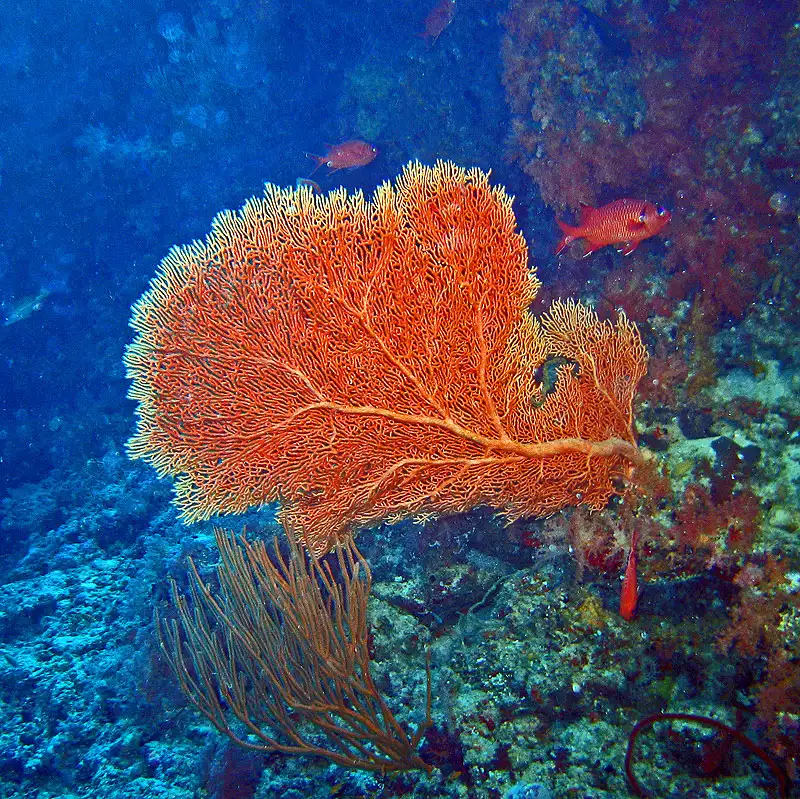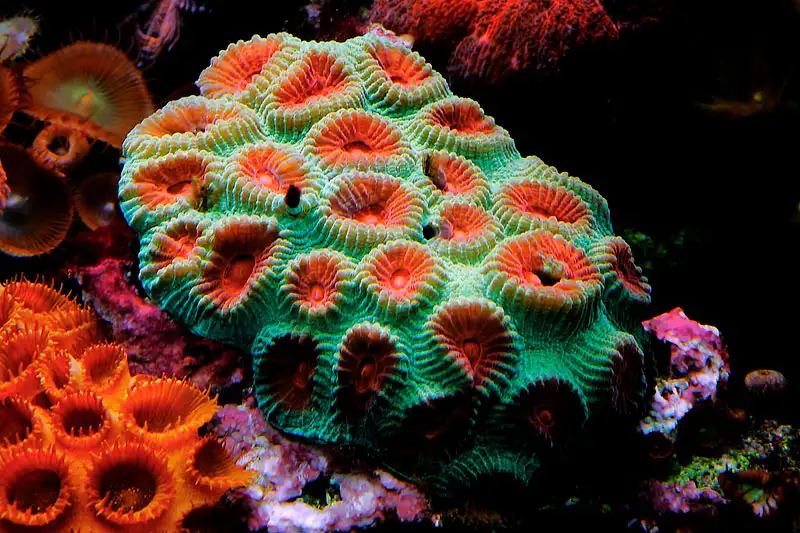Sea Anemones
IUCN
LCBasic Information
Scientific classification
- name:Sea Anemones
- Scientific Name:Actiniaria
- Outline:Echinodermata
- Family:Actiniaria Actiniidae
Vital signs
- length:From <1 cm species to 30–60+ cm tentacle spans
- Weight:Not standardized (soft‑bodied, high water content)
- lifetime:Generally long‑lived; strong regeneration
Feature
Solitary; nematocyst‑armed tentacles; diverse symbioses; strong asexual reproduction/regeneration.
Distribution and Habitat
All oceans, intertidal to deep sea; rock, sand, seagrass and artificial substrates.
Appearance
Pedal disc, column, oral disc and tentacle crown; often with verrucae; highly variable colours.
Details
Actiniaria (sea anemones) are anthozoan cnidarians that are typically solitary and lack a calcareous skeleton. The body comprises a pedal disc, column, oral disc and a crown of tentacles armed with nematocysts for prey capture. Many species form mutualisms with zooxanthellae and/or symbiotic fishes and crustaceans (e.g., anemonefishes and shrimps).
Ecology & Biology
Feeding: ambush predators using nematocysts to immobilize small crustaceans, larvae and fish; detrital particles may supplement diet.
Symbiosis: some host Symbiodiniaceae while others rely entirely on heterotrophy; iconic partnerships include anemonefish–anemone systems.
Reproduction: sexual (spawning/planulation) and asexual (fission, pedal laceration, budding); strong regenerative capacity.
Identification
No rigid skeleton; soft body with radially arranged tentacles, sometimes with verrucae for debris adhesion. Colours range from translucent to vivid. Internal mesenteries and siphonoglyphs are diagnostic in taxonomy.
Size & Longevity
Length/tentacle span: from sub‑centimetre species to large forms with 30–60+ cm spans.
Life: generally long‑lived with notable regenerative abilities.
Range & Habitat
Occurs in all oceans, from intertidal zones to the deep sea; attaches to rock, rubble, sand, seagrass and artificial substrates via the pedal disc. Some species partially bury or can slowly relocate.
Role & Threats
Ecological roles: small predators and habitat providers for symbiotic fishes/shrimps.
Threats: coastal pollution, eutrophication, sedimentation, bottom‑trawling and marine heatwaves.
IUCN: this is a high‑level overview; conservation status is species‑specific. Marked here as Not Evaluated (NE) for the overview entry.
FAQ
Q1. Do sea anemones sting humans? Tentacles can sting via nematocysts and may cause irritation—avoid touching.
Q2. How do they differ from stony corals? Anemones are solitary and lack a rigid skeleton, whereas stony corals build calcareous colonies.
Q3. Why are anemonefishes unharmed? A protective mucus layer and acclimation reduce nematocyst discharge, enabling mutualism.
Q4. Can anemones move? Most can slowly crawl or detach and re‑attach; a few can briefly swim.

